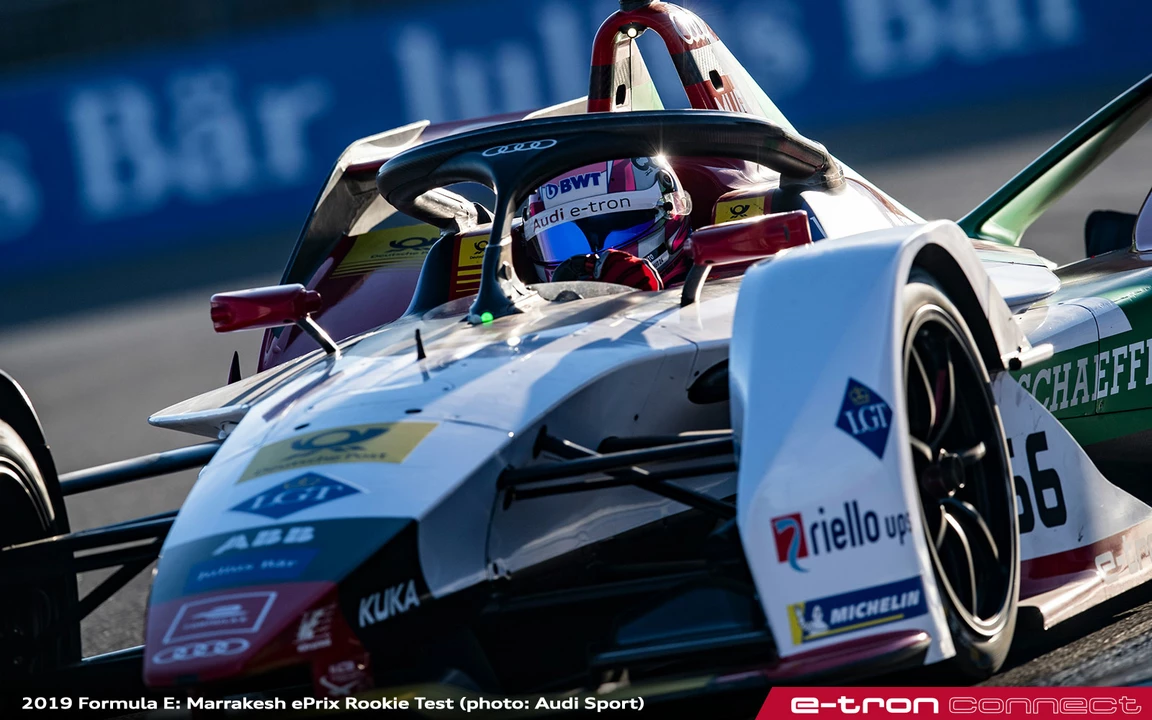IndyCar – The Heart‑Pounding Open‑Wheel Racing Series
If you’ve ever watched a race where cars look like rockets on rubber, you’ve probably seen IndyCar. It’s the North American counterpart to Formula 1, but with its own flavor – tighter ovals, street circuits, and a mix of diesel‑powered and turbocharged engines that keep the drama alive lap after lap.
What sets IndyCar apart isn’t just the speed; it’s the variety. One weekend you’re racing the Indianapolis Motor Speedway’s 2.5‑mile oval, the next you’re tackling a twisty street course in Long Beach. That diversity forces drivers to be adaptable, and it gives fans a fresh experience every race weekend.
Key Features of IndyCar
First off, the cars are built for versatility. A single chassis can be set up for ovals, road courses, and even temporary city streets. Teams tweak aerodynamics, suspension, and gear ratios to match each track’s demands, so you never see the exact same setup twice.
Second, the series uses a “spec” engine formula where most teams run the same engine model, but manufacturers like Honda and Chevrolet still battle for supremacy. This keeps costs down while preserving a competitive edge – you’ll often hear the roar of a V6 turbo that feels just as raw as a V8 from a decade ago.
Lastly, the driver lineup blends seasoned veterans with hungry newcomers. Names like Josef Newgarden, Scott Dixon, and Alexander Rossi bring experience, while rising stars such as Colton Herta inject fresh energy. That mix means you get tactical battles, daring overtakes, and the occasional surprise podium.
How to Follow IndyCar Action
Getting into IndyCar is easier than you think. The official website streams live races, offers on‑demand replays, and provides race‑by‑race stats. Social platforms like Twitter and Instagram showcase behind‑the‑scenes clips, driver interviews, and real‑time updates.For a deeper dive, check out the weekly “IndyCar Insider” podcasts. They break down strategy, discuss upcoming tracks, and interview engineers who explain why a particular tire compound matters on a hot summer day.
If you’re near a track, consider attending a race weekend. The atmosphere at Indianapolis, for example, feels like a carnival – fans in racing suits, food trucks, and the unmistakable sound of engines echoing for miles. Even a regional event can give you the same adrenaline rush without the travel.
Whether you’re a seasoned motorsports fan or someone curious about high‑speed thrills, IndyCar offers a blend of speed, skill, and spectacle that’s hard to match. Grab a snack, fire up a live stream, and let the roar of the engines pull you into the world of open‑wheel racing.
What is harder work to drive, Formula 1, Formula E, or IndyCar?

As a motorsports enthusiast, I've always wondered which racing series requires the most effort from its drivers - Formula 1, Formula E, or IndyCar. After researching and comparing factors such as physical strain, car handling, and mental demands, I've found that each series presents unique challenges. Formula 1 cars have higher speeds and heavier G-forces, while Formula E requires precise energy management and car control. IndyCar poses its own challenges with its combination of high-speed ovals and tight street circuits. Ultimately, it's difficult to determine which series is the hardest to drive in, as each one demands a different skill set and level of expertise from its drivers.
- May 5 2023
- Declan Whitmore
- 0 Comments